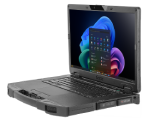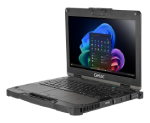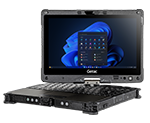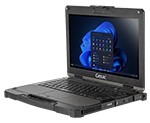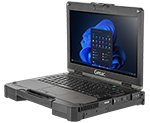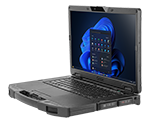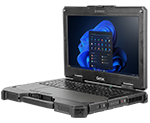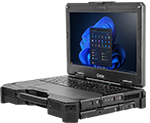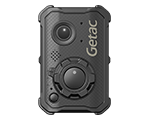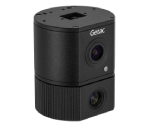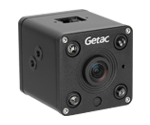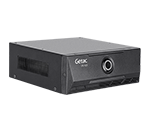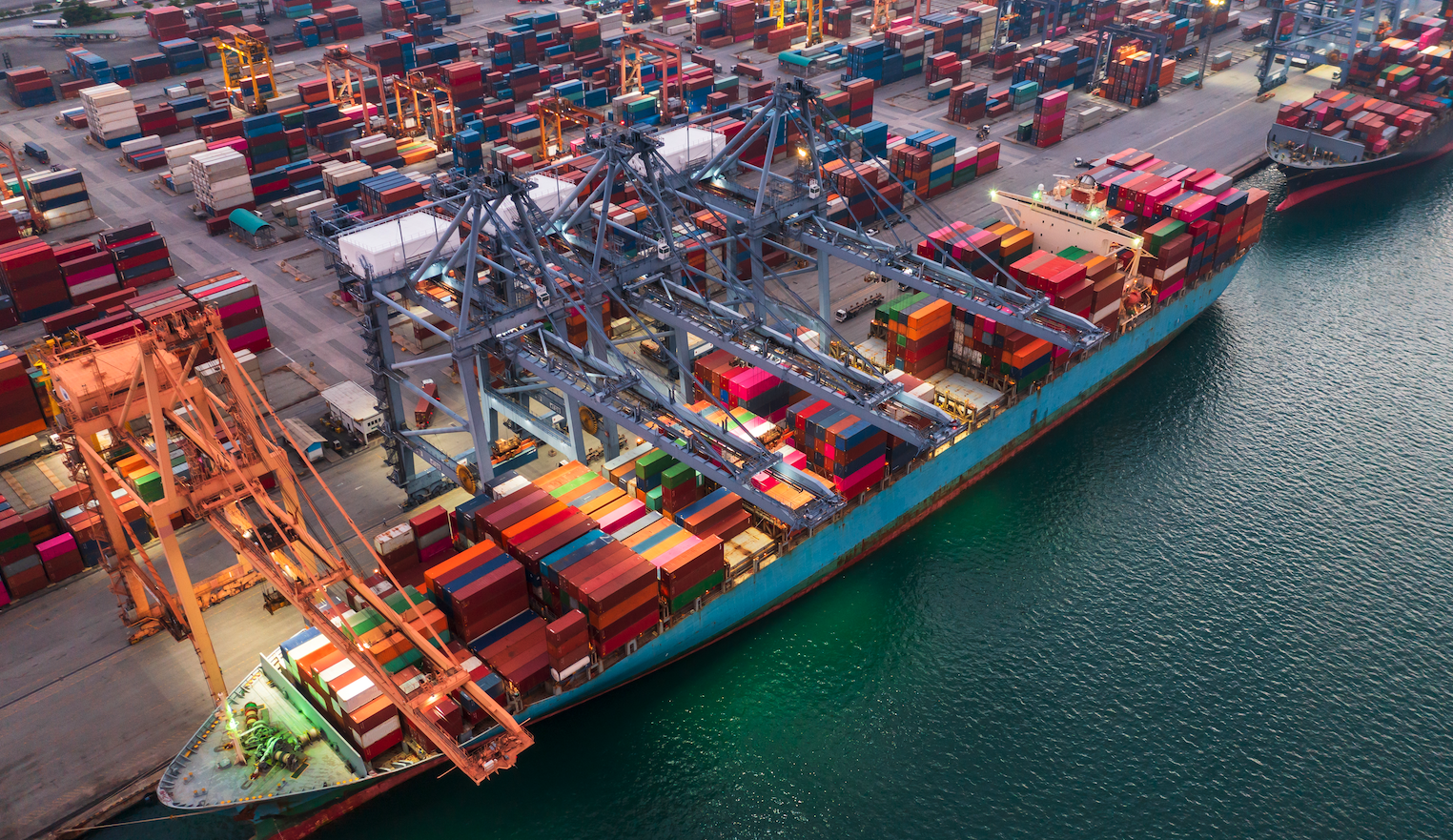
TRANSPORT & LOGISTICS
TAKING RUGGED COMPUTING TO THE NEXT LEVEL AT A MAJOR WORLD PORT
Learn How the Technology Division for a Major World Port leveraged Getac Ruggedized Mobile Devices to Orchestrate Shipping Container Movement.

Maximized Productivity
Cost Effective
Highly Favorable TCO
Background
For over a century, this major port, as a strategic leader in the maritime supply chain, has utilized innovation and technology to optimize operations. It is one of the world’s largest international ports, which has been instrumental in the development of international trade and includes one of the largest breakbulk facilities along with the most efficient container terminals in the country.
According to a recently published report on the economic impact of the entire Port, 1,540,417 jobs are supported by Port activity (directly and indirectly). Additionally, the port provides $439.2 billion in economic value, representing 18.6% of the gross domestic product (GDP) for the state in which it is located. The port is also responsible for bringing in $10.6 billion in state and local taxes.
Despite being one of the youngest major ports in the world, over the years, it has accumulated an impressive list of firsts, including being the first port to conduct air emissions testing of equipment and the first port to meet ISO 14001 standards for environmental excellence.
Consistent with the same forward-thinking and transformational approach to the environment, the Technology Division for the port —helmed by its highly seasoned Chief Information Officer (CIO), has been at the forefront of reliably delivering advanced and state-of-the-art digital technology to support the port’s overarching mission: “To move the world and drive regional prosperity.”
According to the CIO, “When it comes to moving the world, the Technology Division takes enormous pride in providing all of the port’s stakeholders with extraordinary customer service, infrastructure, and well-thought-out technology solutions to support that mission. This is especially true when it involves the port’s core function—moving containers on the yard, which can easily be compared to having multiple six-story buildings in constant motion.”
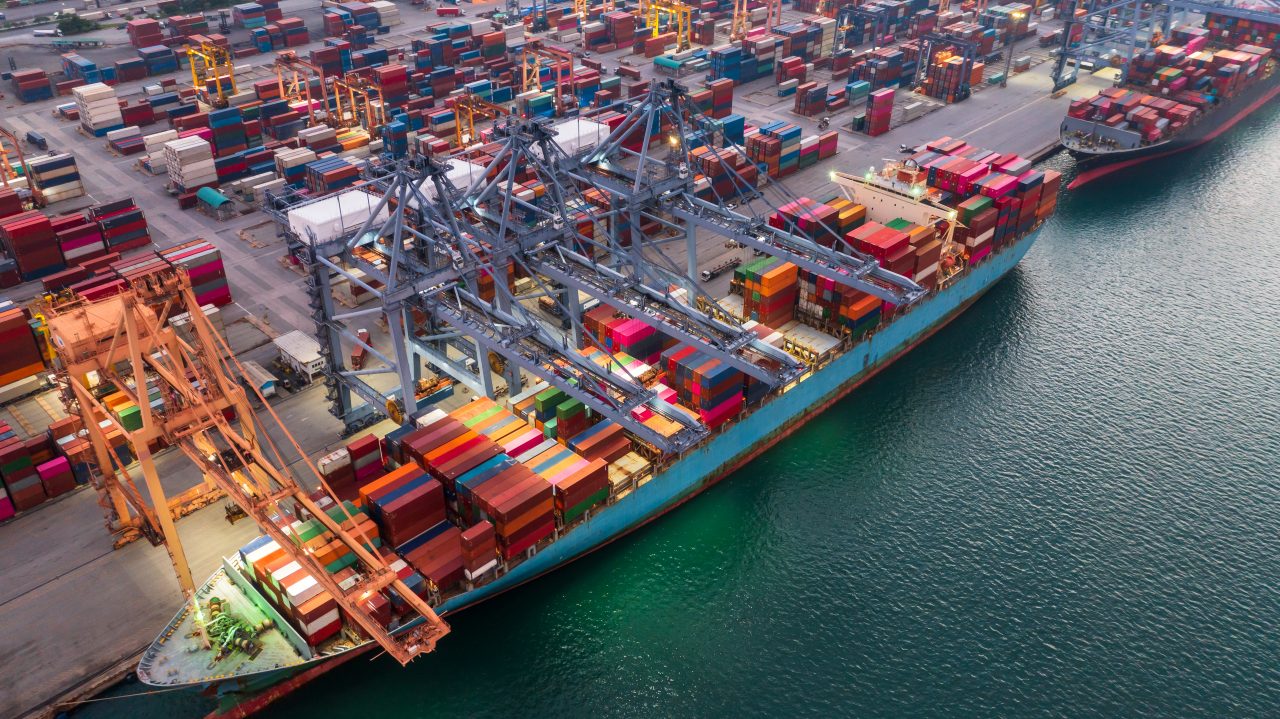
Challenge
The logistical challenges related to container operations—moving both incoming and outgoing cargo daily—depend highly on specialized software. The Port’s Terminal Operating System (TOS) tracks all containers and cargo's movement and details in real-time. This movement can involve 14,000 trucks and over 11,500 transactions on a typical day at the port.
To make all this happen seamlessly, ruggedized mobile devices have been used to some degree at the port since 2015. Port employees and contractors, most of whom work in an outside environment, almost exclusively rely on these devices—running the port’s TOS software—to orchestrate and optimize all terminal operations.
From 2015 to 2020, the labor partners responsible for loading and unloading vessels at the port have gone through three generations of these handheld devices. The first generation of these rugged handheld devices was priced at a level where ROI would never be reached and did not provide enough flexibility for the labor partners. The next two generations of these devices (including Apple iPads) were also problematic because they were not rugged enough to withstand use all day long in an outdoor industrial setting.
“With these earlier devices, there were many maintenance issues, breakage, damaged parts, and cracked screens that consistently interfered with the productivity of the collective team,” said the CIO. “We needed to move toward a more rugged solution to eliminate these issues. At the end of the day, there needed to be fewer devices in the service depot while providing guaranteed performance with quick and easy access where needed.”
Solution
The Technology Division for the Port initiated a discovery process to select a brand and model for the next generation of rugged mobile devices to be used by the longshoremen at the port. This fourth-generation device needed to address all the issues encountered with the prior devices. In other words, it needed to be exceptionally reliable, performant, and withstand long outdoor use. “It was expected that there would be minimal to no failures. Durability and performance were the key factors here,” said Thompson.
After thoroughly reviewing the rugged mobile device landscape, the Technology Division decided to work with Getac. Getac’s solutions are inherently rugged by design. Mobile devices are built from the ground up to specifically thrive in extreme outdoor conditions and easily withstand drops up to six feet. Moreover, Getac provides industry leading service with all their rugged computing technology. This includes a three-year bumper-to-bumper accidental damage warranty cover as standard.
The Port decided to first conduct a pilot test by purchasing a limited number of devices from Getac. These included the ruggedized F110 G5/G6 tablets with an Intel Core i5 processor and Microsoft Windows operating system. The devices included a webcam and touch screen that is fully sunlight readable. The Port’s standard configuration, including the TOS software, was installed for each worker using a device.
As innovation and confidence in the solution grew, the pilot program was deemed a success. During this time, additional capabilities and accessories were also incorporated into the standard configuration. Based on the positive results and feedback from early adopters, the Technology Division greenlit a full implementation of the Getac devices for all of the Port’s employees.
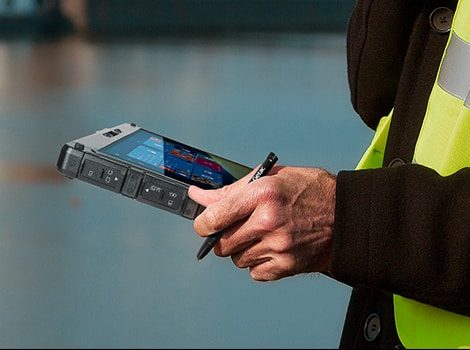
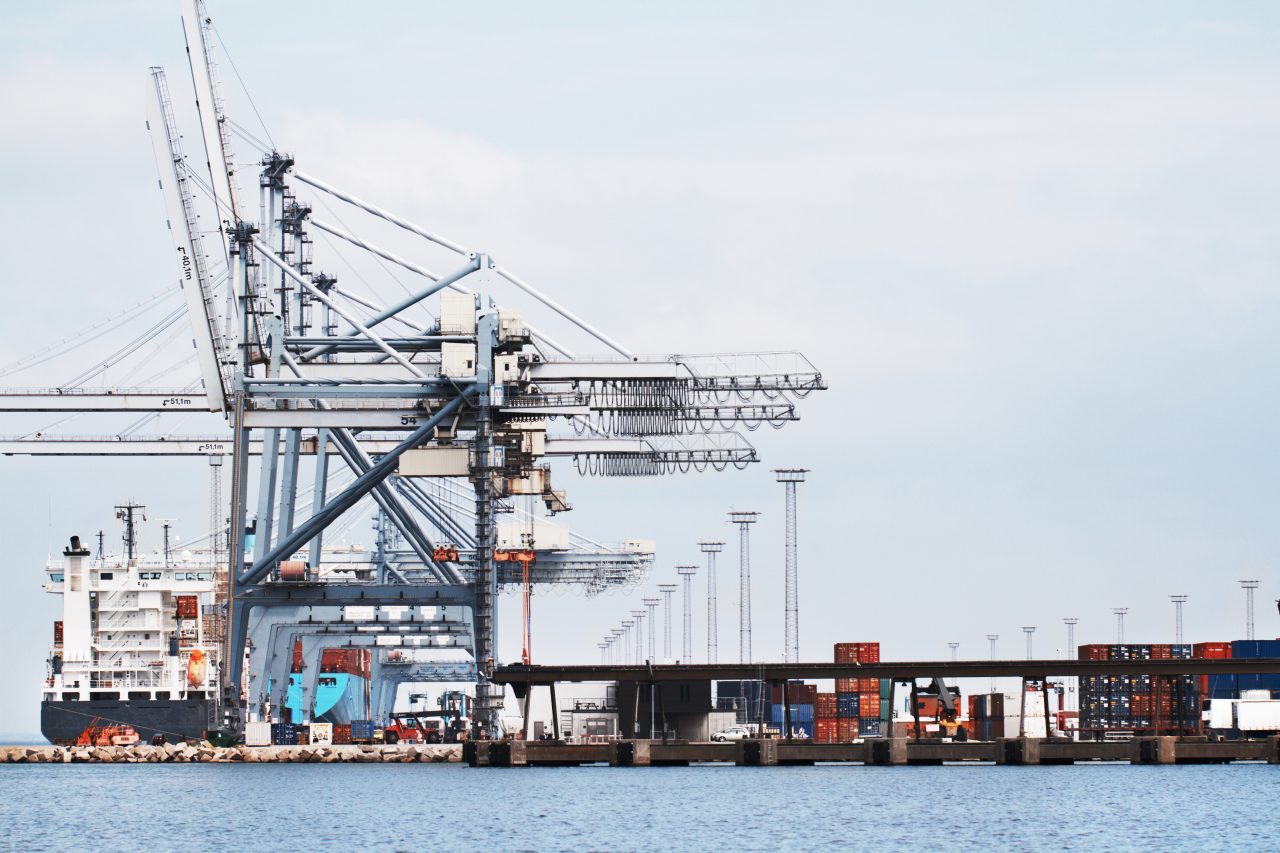
Benefits
“The Port is now fully utilizing its fourth-generation mobile devices from Getac, and the road ahead looks very bright. These ruggedized devices play a significant part in the daily orchestration of containers and cargo,” said the CIO. After implementation, the capabilities of the Getac devices remained in lock-step with the port’s business requirements. All aspects of the interrelated processes required to move cargo improved. This included productivity, efficiency, and optimization of every transaction, where each second counts in a 24/7/365 operation.
Productivity and efficiency were positively impacted by the introduction of the Getac rugged devices. A confluence of several factors was responsible for these gains:
- In the 24 months that these rugged devices were put into use, the prior strategy of maintaining a certain percentage of spare device to be ready at a moment’s notice—in the event of breakage - had been significantly reduced from previous levels
- Budgeting, forecasting, and standardization have become much more predictable and easier to replace/refresh cycles. *Additional units are on order, including plans for public safety and maintenance work order management in the future.
- Overall, only 3 devices had to be returned for repairs/maintenance requests related to damage (a huge reduction from prior devices)
- Productivity gains increased commensurately with an overall increase in shipping container volume at the port - from 3M to 4M units - during that period.
- Also, the TOS software received a major upgrade in the middle of the deployment, with no impact on the already deployed Getac devices, bolstering the port’s confidence in the reliability and performance of the fourth-generation tablets.
According to the CIO, the results of the implementation “exceeded expectations.” Looking back on the deployment and the decision to leverage Getac rugged technology for the port’s core activities, the CIO added: “We ARE the decisions that we make and quite often the decisions that we don’t make. I’m very happy we made this one.”
GREATER STABILITY, PERFORMANCE, AND RELIABILITY ULTIMATELY SEALED THE DEAL FOR A FULL DEPLOYMENT RUGGEDIZED MOBILE DEVICES ON THE DECK AND IN THE 150 RTGS.
- Chief Information Officer | Technology Division
About
For over a century this major port, as a strategic leader in maritime for the supply chain has utilized innovation and technology to optimize operations. It is one of the world’s largest international ports which has been instrumental in the development of international trade and includes one of the largest breakbulk facility along with the most efficient container terminals in the country.
Learn More About The Getac F110
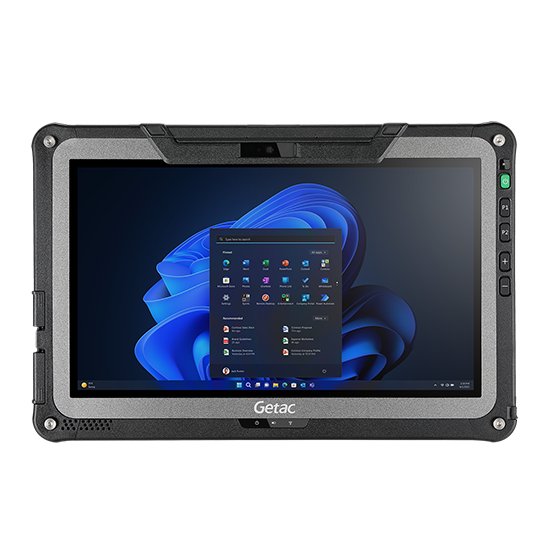
Port Management
Ports are busy places, making it hard to keep track of all the activities taking place there. Getac devices provide a tool to execute comprehensive strategies for container yard management, optimizing terminal capacity, and providing complete visibility over performance and maintenance needs.
